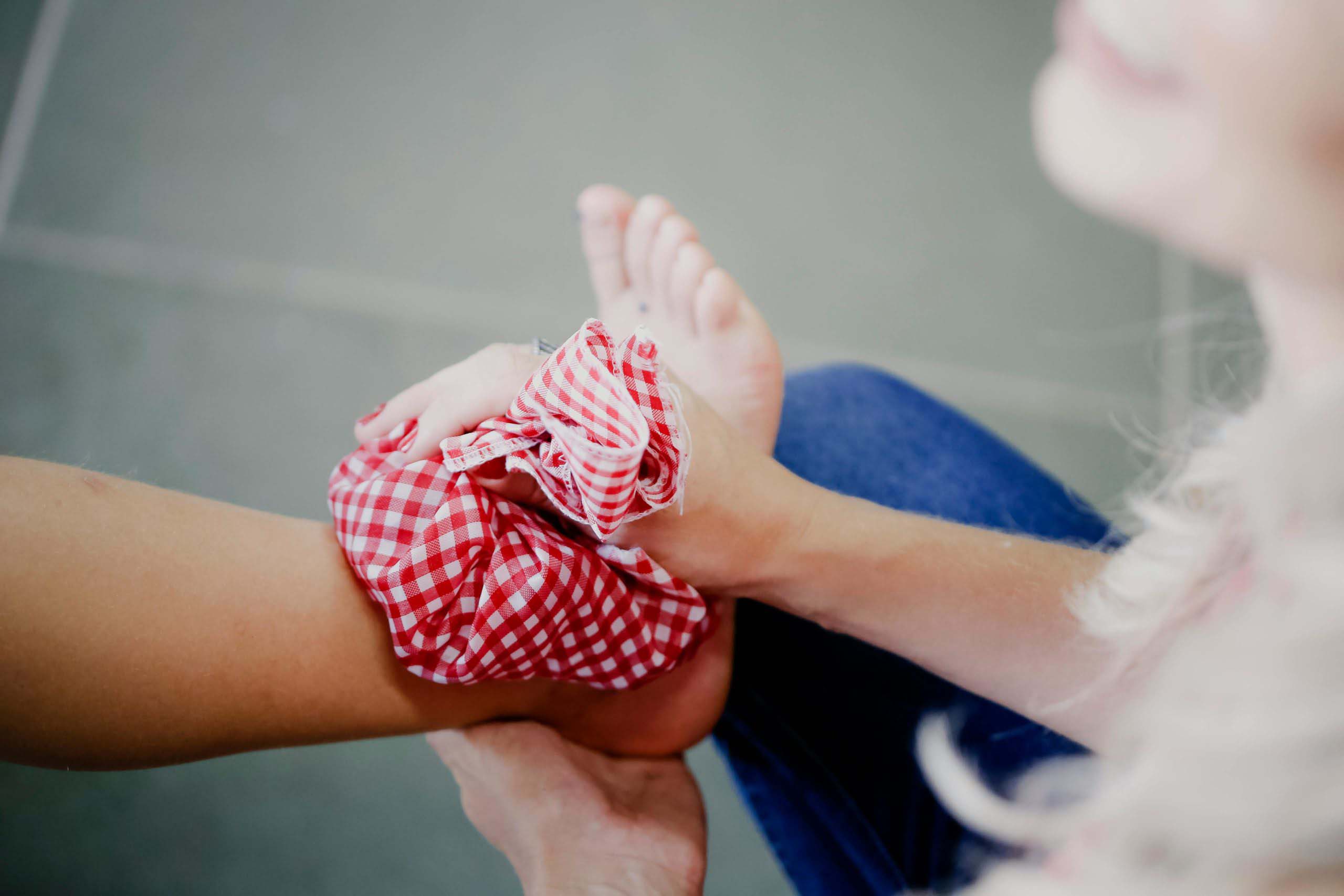Knowing when to use ice or heat on an injury can make a significant difference in how quickly and effectively your body heals. While both ice and heat are valuable tools for managing pain and inflammation, they serve different purposes depending on the type, timing, and nature of the injury. Understanding when to apply each can help reduce discomfort, promote healing, and prevent further damage. If you are in doubt ask a chiropractor near you.
Ice Therapy (Cryotherapy)
What it does:
Ice reduces blood flow to the affected area, which helps minimize swelling and inflammation. It also numbs nerve endings, which can relieve pain.
When to use ice:
-
Immediately after an acute injury: Use ice in the first 24 to 72 hours following a sudden injury such as a sprain, strain, or bruise. This is the inflammatory stage, and cooling the area can reduce swelling and tissue damage.
-
Swelling and inflammation: If you notice swelling, redness, or heat in the area, ice is the appropriate choice.
-
Overuse injuries: If you’ve developed soreness from repetitive activity—such as a sore knee after a long run—ice can calm the irritation.
Common conditions where ice is beneficial:
-
Ankle sprains
-
Muscle strains
-
Joint sprains
-
Tendonitis
-
Post-surgical swelling
How to use ice safely:
-
Apply a cold pack, ice bag, or even a bag of frozen vegetables wrapped in a towel.
-
Use for 15–20 minutes at a time, and wait at least 1 hour before reapplying.
-
Avoid applying ice directly to the skin to prevent frostbite.
Heat Therapy (Thermotherapy)
What it does:
Heat increases blood flow to the injured area, relaxes muscles, and improves tissue elasticity. It can be soothing and help loosen tight or stiff areas of the body.
When to use heat:
-
Chronic pain or stiffness: Heat is best used for ongoing muscle pain, tightness, or joint stiffness.
-
After the acute phase has passed: Once swelling has gone down—typically after 72 hours—heat can help promote circulation and healing.
-
Before activity: Applying heat before exercise or physical therapy can prepare the muscles and joints for movement.
Common conditions where heat is beneficial:
-
Chronic muscle or joint pain (like arthritis)
-
Muscle spasms
-
Back or neck pain
-
Old injuries with residual tightness
-
Stiff joints
How to use heat safely:
-
Use a warm towel, heating pad, hot water bottle, or warm bath.
-
Apply for 15–20 minutes at a time.
-
Never use heat on a swollen or inflamed area.
-
Avoid prolonged exposure to prevent burns or overheating.
Ice vs. Heat: A Quick Comparison
| Condition | Use Ice | Use Heat |
|---|---|---|
| New injury (sprain/strain) | ✅ | ❌ |
| Swelling or inflammation | ✅ | ❌ |
| Muscle stiffness | ❌ | ✅ |
| Chronic pain | ❌ | ✅ |
| Before physical activity | ❌ | ✅ |
| After intense exercise | ✅ | ❌ |
When to Avoid Ice or Heat
While both therapies can be effective, there are times to proceed with caution:
-
Do not use ice:
-
On areas with poor circulation.
-
On open wounds.
-
For prolonged periods, as it may lead to frostbite or skin damage.
-
-
Do not use heat:
-
On acute injuries (within the first 72 hours).
-
On swollen or inflamed areas.
-
On individuals with certain medical conditions like diabetes, as they may have reduced sensation and could be burned.
-
When to See a Healthcare Professional
If your pain persists beyond a few days, if there is excessive swelling, loss of function, or if you suspect a fracture or serious injury, it’s important to consult a healthcare provider. A chiropractor, physiotherapist, or doctor can assess the injury and provide a treatment plan, including guidance on when to use ice or heat as part of your recovery.
Using ice or heat appropriately is a simple yet powerful way to aid your recovery from injuries. As a rule of thumb, ice is for acute pain and inflammation, and heat is for chronic stiffness and tightness. Always listen to your body, and when in doubt—or when the pain doesn’t improve—consult your Vancouver chiropractor to get the proper diagnosis and care.
Article by: Dr. Farokh Zavosh
Burrard Chiropractic and Foot Orthotics – Chiropractor Vancouver


